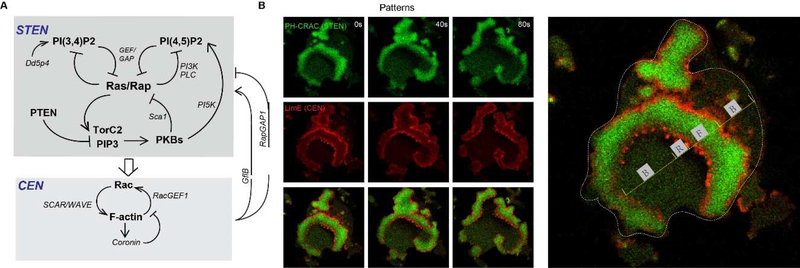Figure 3. Summary of STEN and CEN networks with positive and negative feedback loops.
(A) Positive feedback in STEN is brought about by mutual inhibition between Ras/Rap activity and PI(3,4)P2 and PI(4,5)P2 at the cell cortex and delayed negative feedback due to PKB activation by PIP3 and TorC2. (B). The corresponding B, F, and R states are depicted on basal surface of a fused Dictyostelium cell. Time-lapse Confocal images (left) showing distribution of LimE (red) and PHcrac (green) during wave propagation at the basal surface of a migrating fused Dictyostelium cell. White dashed line marks the outline of the fused cell (Right). F represents the F state, B represents the B state and R represents the R state. The B-state region is characterized by low Rap/Ras, TorC2, and PI3K activity and high PI(3,4)P2 and PI(4,5)P2 levels. As a region transitions to the F-state, Rap/Ras activity increases, PI(3,4)P2 decreases strongly, and PI(4,5)P2 decreases slightly. There is a slower rise in PKB activity due to the elevation of TorC2 and PIP3. A refractory period (R state) follows associated with lower Rap/Ras activity and higher PI(3,4)P2/PI(4,5)P2 levels and PKB activity. The PKBs feed into CEN, promoting F-actin polymerization and loss of cortical myosin. In turn, the activated cytoskeletal activity provides fast positive and slow negative feedbacks to STEN.

